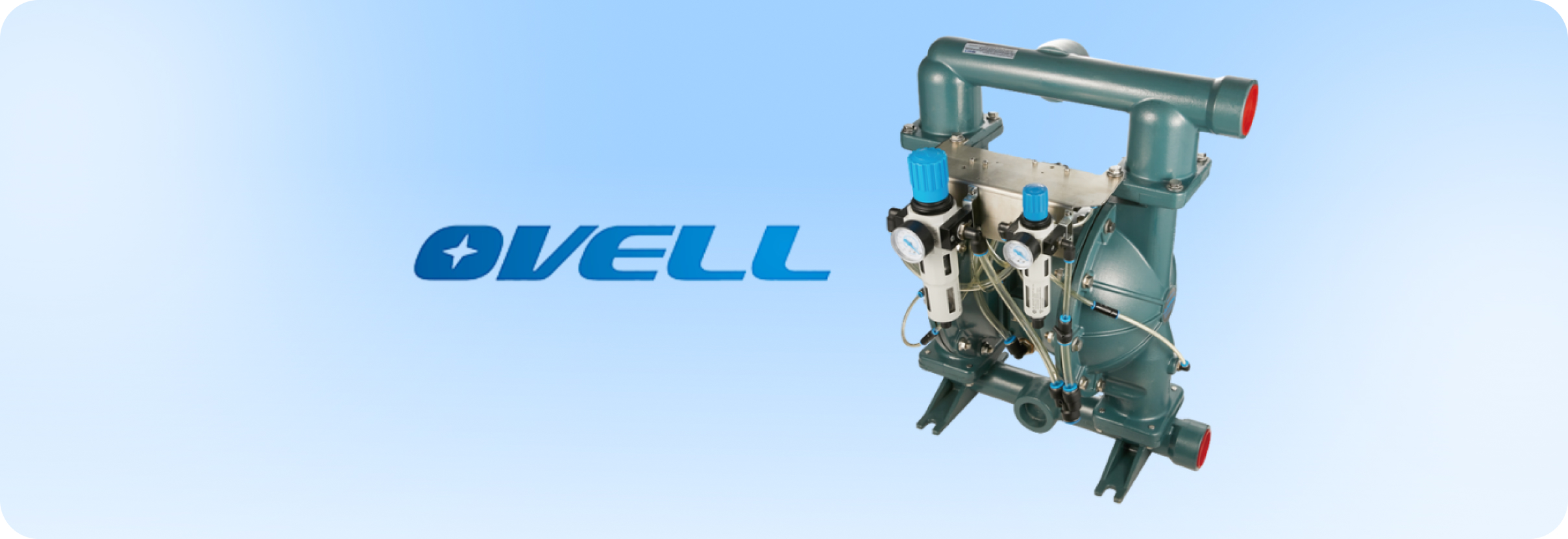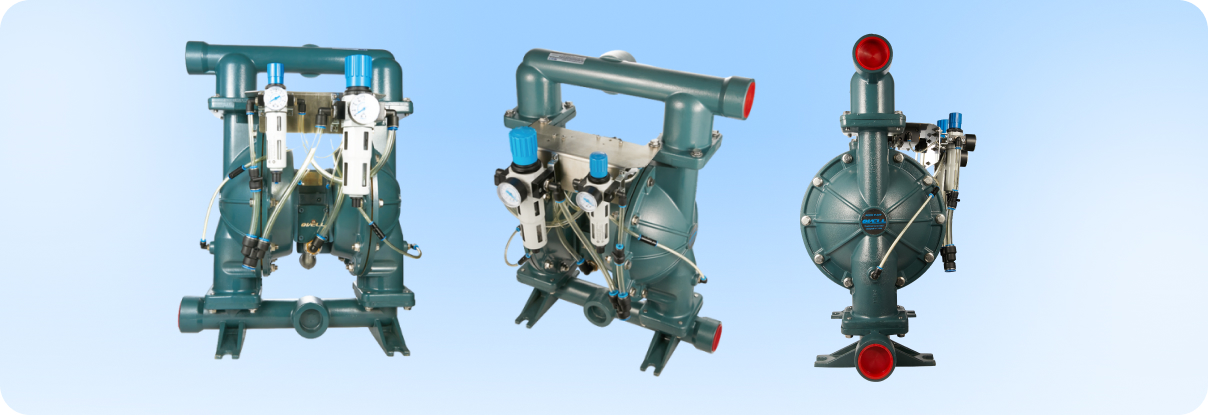
Mon - Fri: 9:00 - 19:00 / Closed on Weekends

AUS: +61 431 085 666
USA: +64 21 480 290


Some of the most powerful innovations are those that work tirelessly behind the scenes, transforming industries without fanfare. The diaphragm pump is a perfect example of such a technology. Its journey from a basic concept to a cornerstone of modern industry is a compelling story of engineering and adaptation. This article traces the history of this essential piece of equipment, highlighting the key milestones and advancements that have shaped its role in today's world.
The core concept of a diaphragm pump is simple and elegant: a flexible membrane, or diaphragm, moves back and forth to create a vacuum and pressure, drawing in and expelling a substance. While rudimentary pump designs existed for centuries, the first functional single-acting diaphragm pump was patented in 1854 by J. Pease in England. His invention established the foundational principle of using a flexible membrane for fluid transfer, a departure from the more common piston-driven pumps of the era. These early models, however, were often cumbersome and limited in their application. They relied on mechanical linkages and external power sources, making them impractical for use with hazardous or corrosive materials.
Information about such inventions in the 19th century was disseminated through various channels. Patents were published, engineering and trade journals of the time would feature new designs, and international industrial exhibitions—such as the Great Exhibition of 1851 in London or the 1889 Exposition Universelle in Paris—served as global showcases for new technology. This early exchange of ideas, while slower than today's standards, allowed the core principle of the diaphragm pump to gradually gain traction within the burgeoning industrial landscape across Europe and North America.
The true turning point in the history of the diaphragm pump occurred in the mid-20th century. While the technology had seen incremental improvements, it was the invention of the air operated double diaphragm (AODD) pump in 1955 that revolutionised the industry. This groundbreaking innovation came from Jim Wilden, who was seeking a safer, more reliable way to manage fluid transfer in the challenging environment of the mining industry. His AODD pump was designed to handle abrasive slurries and heavy liquids in a way that traditional pumps could not.
The AODD pump was a game-changer for several reasons:
This innovation was a direct response to the growing demands of modern industry for safer and more versatile fluid transfer solutions, and it remains a foundational component of fluid management today.
The second half of the 20th century was defined by a rapid evolution in materials science, and the diaphragm pump was a direct beneficiary. Early pumps were often limited to cast iron or steel, which were susceptible to corrosion from many industrial chemicals. The introduction of synthetic elastomers and plastics revolutionised the technology, opening up entirely new application possibilities.
Key Material Advancements:
This period also saw a push toward specialisation. The basic AODD pump was refined and adapted for specific tasks, leading to the development of various pump types that are now standard in the industry. For instance, the demand for precise chemical dosing led to the invention of the diaphragm metering pump, a device engineered for repeatable, accurate volumes. Similarly, the need to handle materials with high particle content resulted in the creation of pumps with unique valve designs, such as flap valves, which allowed for the transfer of thick slurries and sludges without clogging. These advancements demonstrated the pump's versatility and its ability to evolve from a general-purpose tool into a highly specialised industrial solution.

The history of the diaphragm pump is a journey of continuous innovation, and Ovell Pump stands firmly within this legacy. Our diverse product range is not just a collection of equipment; it represents the culmination of decades of engineering refinement. We have taken the foundational principles of diaphragm technology and applied them to meet the specific demands of modern industries, resulting in a product line that embodies both versatility and specialisation.
The history of the diaphragm pump is a fascinating story of adaptation and specialisation. What began in 1854 as a simple mechanism for moving water has evolved into a sophisticated family of industrial tools, capable of handling everything from volatile chemicals to fine powders. The journey from the early hand-operated pumps to the modern-day diaphragm metering pump and air operated double diaphragm pump has been driven by the need for greater safety, efficiency, and versatility. This evolution has been fueled by key engineering milestones—from the invention of the AODD pump to the strategic adoption of advanced materials—that have continuously expanded the pump’s capabilities. Ovell Pump is proud to be part of this continuing story, applying the lessons of history to engineer robust and reliable pumps that meet the challenges of today and tomorrow. Our legacy is built on the principle that a simple idea, when perfected, can become an unseen force that drives the progress of countless industries worldwide.